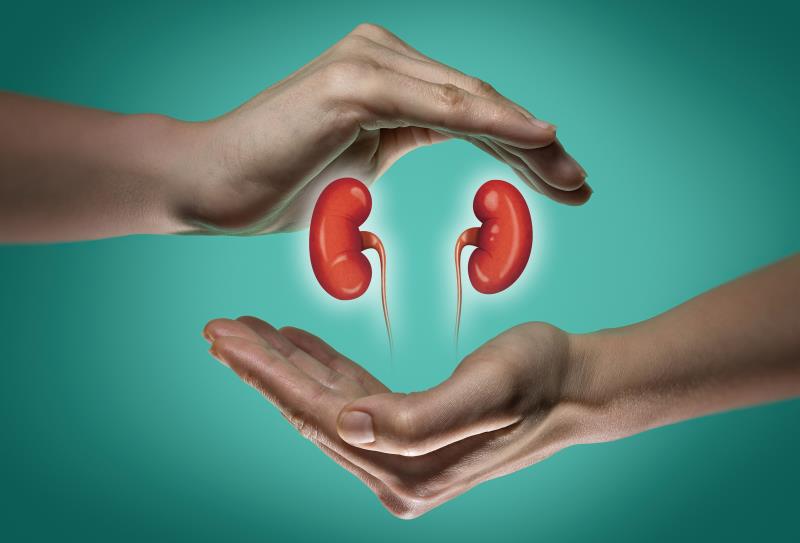Kidney donation now carries minimal death risk





Kidney donation has become a much safer procedure in recent years, with mortality rates among living kidney donors having dropped to fewer than 1 event per 10,000 donations in the past decade as compared with prior decades, researchers reported in a paper.
Analysis of Scientific Registry of Transplant Recipients data on 164,593 living kidney donors in the US showed that mortality rates remained consistent at 3.0 (95 percent confidence interval [CI], 1.6–5.1) and 2.9 (95 percent CI, 1.7–4.6) per 10,000 donations in 1993–2002 and 2003–2012, respectively, before declining sharply to 0.9 (95 percent CI, 0.3–2.0) per 10,000 donations in 2013–2022 (p=0.01). [JAMA 2024;doi:10.1001/jama.2024.14527]
The numbers translate to a total of 36 deaths within 90 days of surgery over 30 years. Half of these deaths occurred within the first 7 days, and the most common cause was haemorrhage (eight of 19 with available data on cause of death).
Subgroup analyses indicated that while the overall risk of mortality was small, donors with a history of hypertension were more likely to die within 90 days of surgery than those without such a history (7.5 vs 1.4 deaths per 10,000 donations; p=0.03). The risk did not differ by age (≤40 vs 40–49 vs ≥50 years: p=0.25), race (White vs Black vs other or multiracial: p=0.12), or procedure type (open vs laparoscopic: p=0.08).
“While we had always understood that kidney donation is safe, our findings suggest that mortality among donors is extremely rare, and the procedure is safer than ever before,” said lead author Dr Allan Massie from NYU Langone Health in New York, New York, US.
Massie and colleagues attributed the significant decline in mortality rates associated with living kidney donation to several factors. Foremost is the shift in surgical technique, with open donor nephrectomy, the standard procedure in the 1990s, having been almost completely replaced by minimally invasive laparoscopic surgery. This, combined with advancements in donor selection, perioperative care, and overall surgical expertise, means that earlier estimates of mortality risk for donors are likely outdated and overly cautious, the researchers noted. [Transplantation 1997;63:229-233; Am J Transplant 2023;23:S21-S120; Am J Transplant 2012;12:829-834]
Current guidelines for donor informed consent still rely on older mortality estimates—3.1 deaths within 90 days after the procedure per 10,000 donations—from a study of donors from 1994 to 2009. These guidelines, according to Massie and colleagues, should be updated to reflect the substantial improvement in the safety of kidney donation, ensuring that living kidney donor candidates have access to the most accurate and up-to-date information about the risks of perioperative mortality. [Transplantation 2017;101:S1-S109; JAMA 2010;303:959-966]
In the study, death events were captured from Organ Procurement and Transplantation Network (OPTN) living donor follow-up reported by transplant programs; National Technical Information Service Limited Access Death Master File; and deaths made available to the OPTN contractor through an interagency data sharing agreement between the Centers for Medicare & Medicaid Services and the Health Resources and Services Administration, and secondarily verified by the OPTN contractor. The researchers acknowledged that due to the small number of deaths recorded over 30 years, the study’s power to estimate relative risks may have been limited.
“Additionally, follow-up may be incomplete. However, OPTN requirements for donor follow-up have grown stricter, with 6-month follow-up required for donors since 2013; as such, missingness would bias toward lower mortality in earlier eras, the opposite of what the study found,” they added.